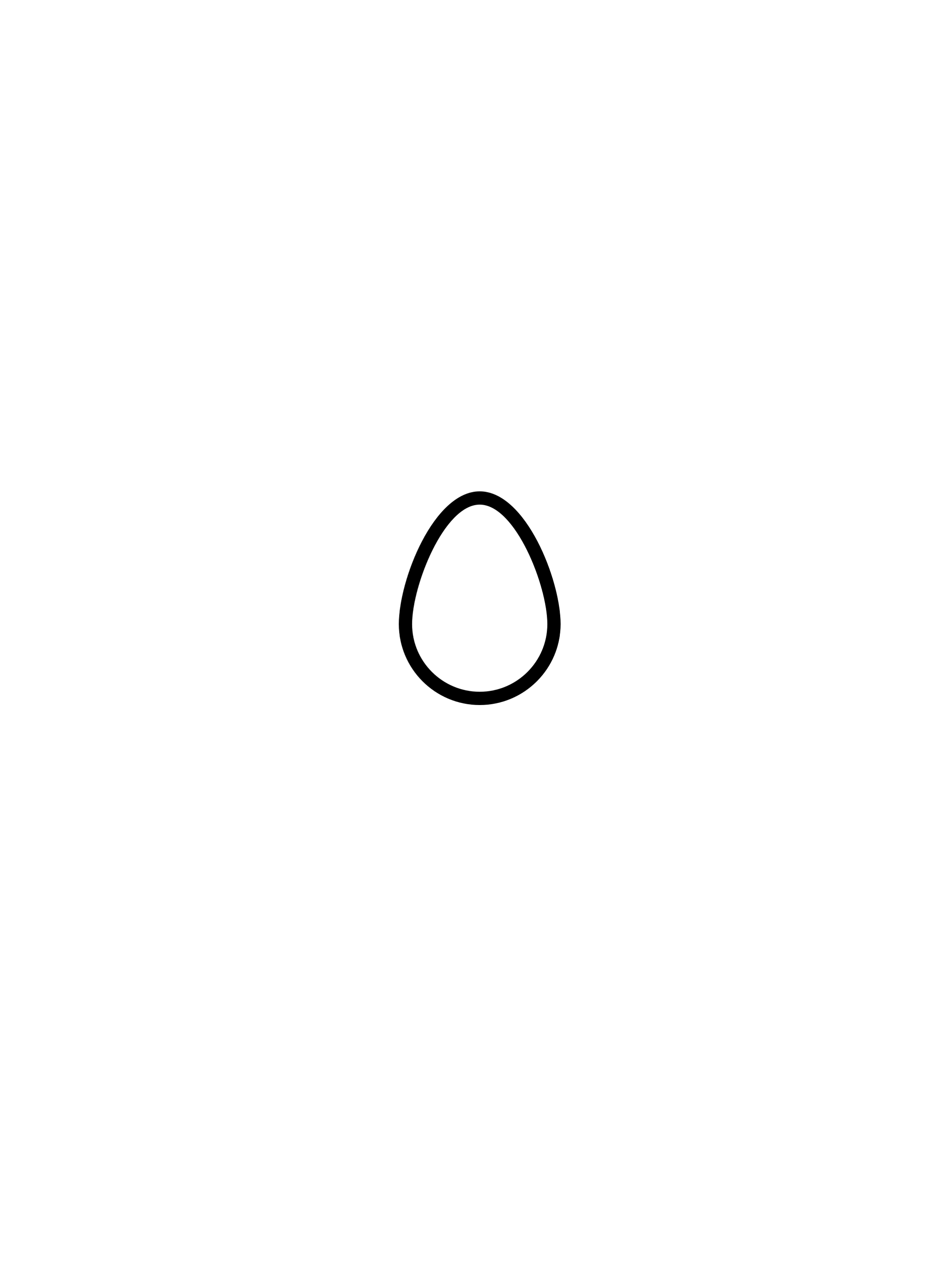COMPONENTS
1). An inflatable bubble- with air-holes providing sufficient airflow as well as an embedded sensor and sound-insulating system. From the outside this shell provides light in the cycle of the circadian rhythm.
2). A reformer mat with handles for your hands and legs. It includes a spring system to provide resistance to enable quality and variation of exercises. As the mat is lodged within a rack this allows for a compact, mobile and versatile system,
3). An adjustable and inflatable belt and vest to secure the astronauts in microgravity conditions.
4). A MR (multi-reality) projector kitted with kinetic motion tracking sensors to power the included interactive virtual-trainer interface that is linked to the controller in the handle. This system also allows for relaxing activities such as watching movies, immersing oneself into nature scenes while listening to music as well as make video calls to friends and family.
PROCESS
For this concept design we had a relatively short process spanning across 3 weeks. We worked closely with the partners of the project, ESA and Technogym as well as our professors who conducted twice weekly design critiques. While I have depicted the process through the below linear graphic, in reality we worked in a rapid and iterative cycle.
RESEARCH
We started the process with research into the ISS, space design theory and workout equipment that was largely led by experts from ESA as well as Technogym. We used Figma to share additional findings where we compiled colour coded mind maps.





EMPATHISE
This led to an empathising phase of really getting into the headspace, challenges and experiences of an astronaut which was vital for the project outcome. We developed a set of requirements to ensure a realistic and feasible solution based on the findings for the users.

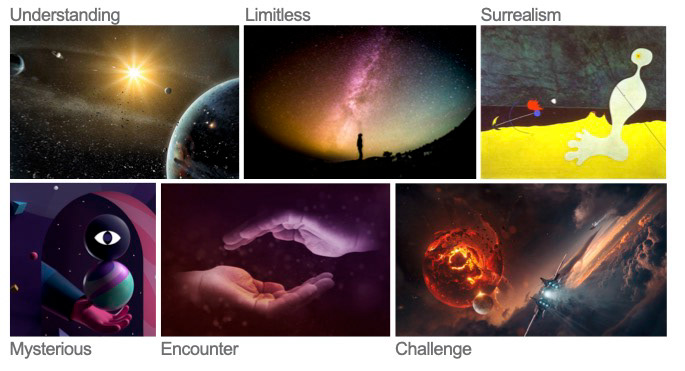
IDEATION
Ideation was largely done through sketching and brainstorming based on the research phase. We also made a moodboard to visualise and emote. Designing for no gravity enforced new ways of thinking and creativity. Spin offs and spin outs from space to earth are often linked to space design due to this practice.

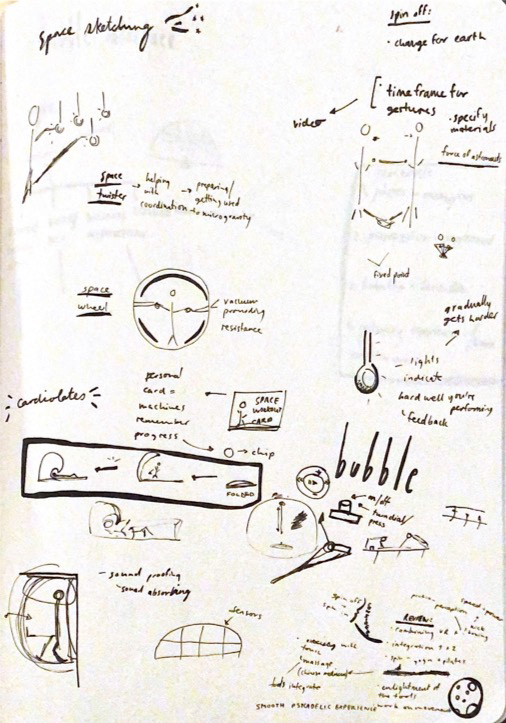



DEVELOPMENT
Once we selected a concept we further developed this into a more concrete solution. Multi-sensory experiences were also explored including smell, hearing, sight and touch. The technicalities of the inflatable structure as well as the physical movements and ergonomics were the main focus during this phase.






PROTOTYPE
We prototyped the interface solution, 3D-modelled the structure and visualised the experience through a video format. Prototyping the digital interface and conceptualising the interactions were my main role within the final outputs of project. I started by outlining a descriptive gesture map with the steps of interaction to use Kokono. For the digital interface I created the visual identity, drew out a sitemap, proceeded to make visual wireframes of the screens and prototyped in Figma. Through this process I conceptualised the final interactions and visual language of the interface.
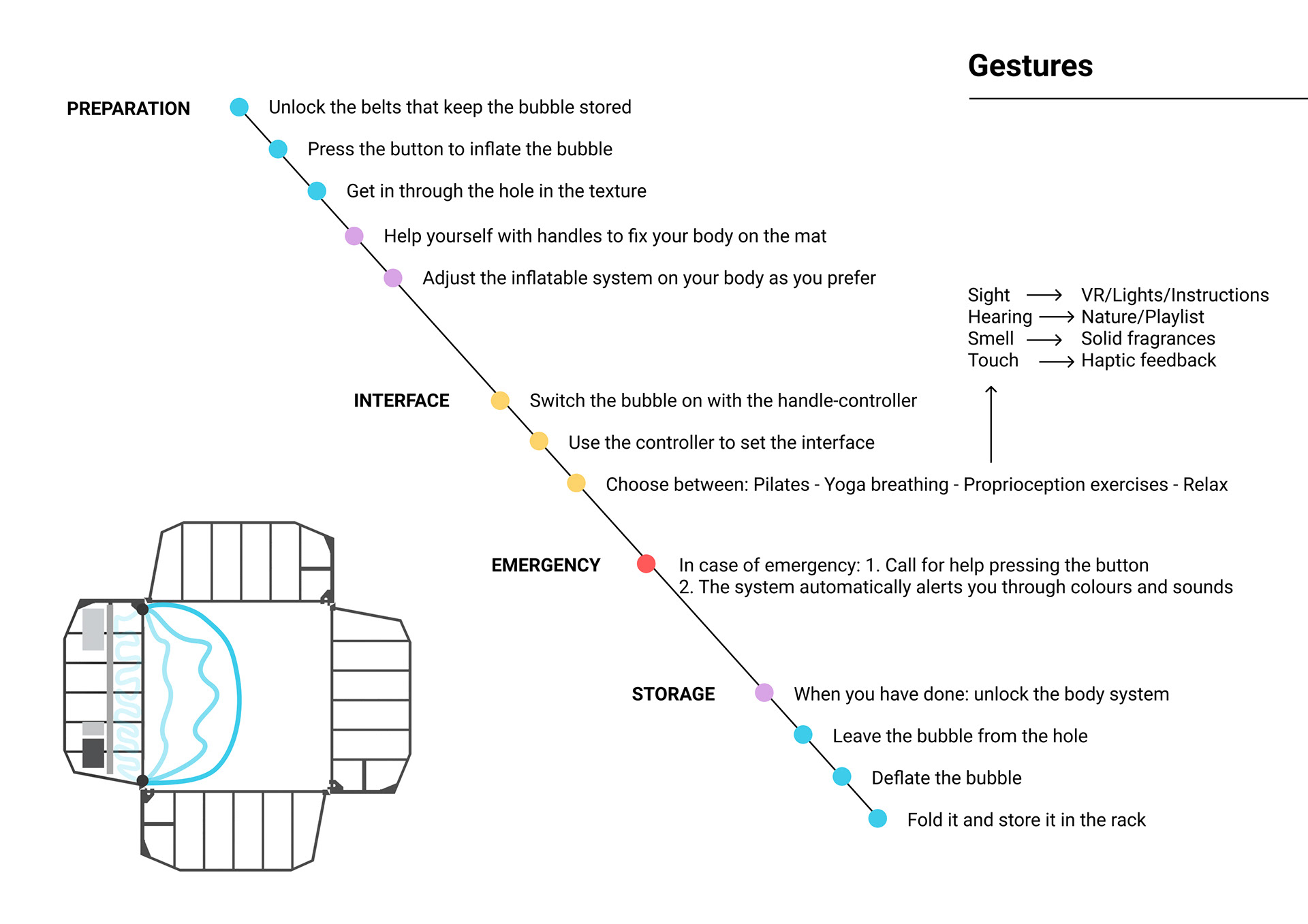







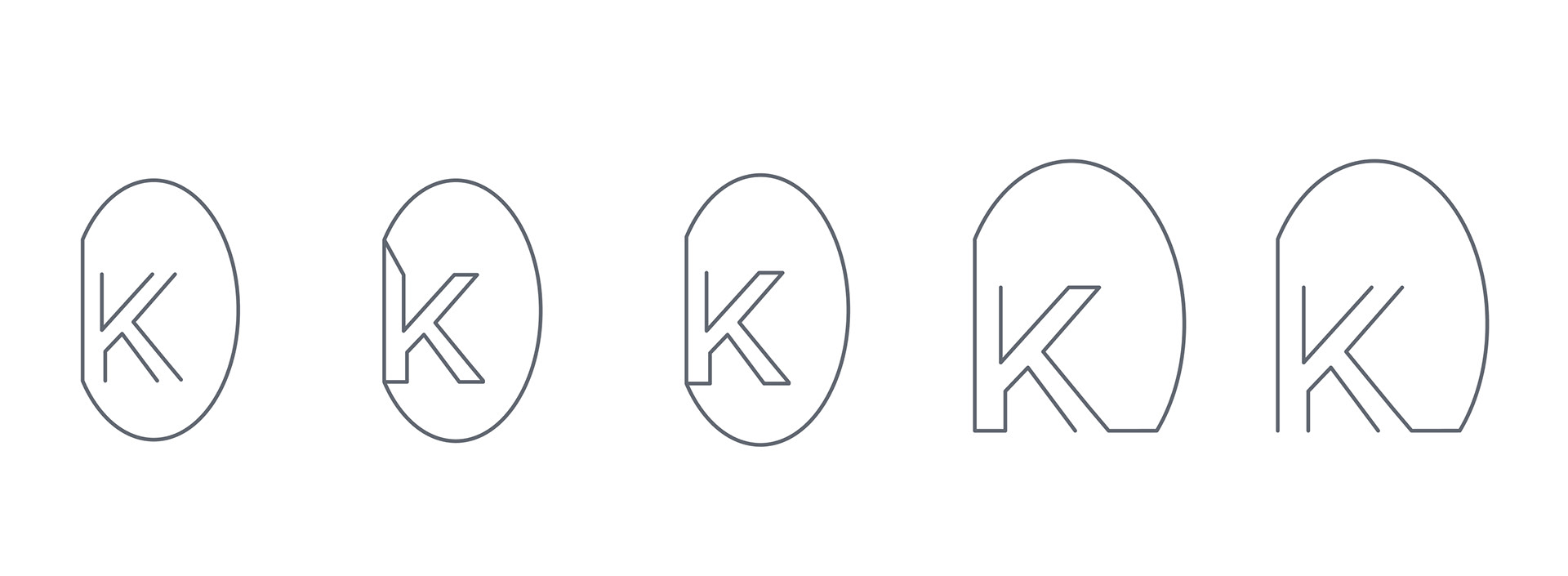
NEXT STEPS
Due to the requirements of the project we ended the process with digital prototyping and visualisations. However if this concept were to be developed further many future steps would lie ahead. Including steps such as prototyping of the physical structure, material development, coding of the interface and testing.
VISION
The name stems from the translation of ‘cocoon’ in the international language, Esperanto. Our vision is to provide a private yet fully immersive, interactive and multi-sensorial cocoon for resetting and rejuvenation.
NEWSPAPER FEATURE
Kokono was published in the Milanese newspaper ilGiornale.it in March 2020. It highlighted the confined present day we were experiencing due to Covid-19 lockdowns and how that mimicked the reality for astronauts daily. The article questioned whether some of these concepts could perhaps be the future of fitness. Spinoffs from space design are often linked to innovative technological breakthrough products such as the smartphone camera.
By: Kristina Fabrin Jakobsen, Serena Crotti, Michele Zanchi, Krattiika Gupta, Zoe Yanyan and Ido Amantegi


